Discovering the Archaeological Museum of Enfidha
Some places don’t shout for your attention. They wait quietly, tucked away from the main roads, rich with stories and soul. The Archaeological Museum of Enfidha is one of those places. Set in Tunisia’s Sahel region, it sits in the shell of a former church, holding centuries of history within its stone walls. I almost missed it entirely.
Table Of Content
A Late Arrival, and an Unexpected Welcome
That day started in the ancient city of Oudhna, where Roman ruins stretched endlessly under the sun. The amphitheatre, the forum, and the baths made time feel slippery. By the time we reached Enfidha, the museum was closing.
Still, I approached the entrance, unsure but hopeful. The security guard had just finished locking up. I explained we had come a long way and hoped to see even a glimpse of the collection. He paused, looked at me, and smiled. Then he unlocked the door and let me in.
He offered only a few minutes. I didn’t need more.
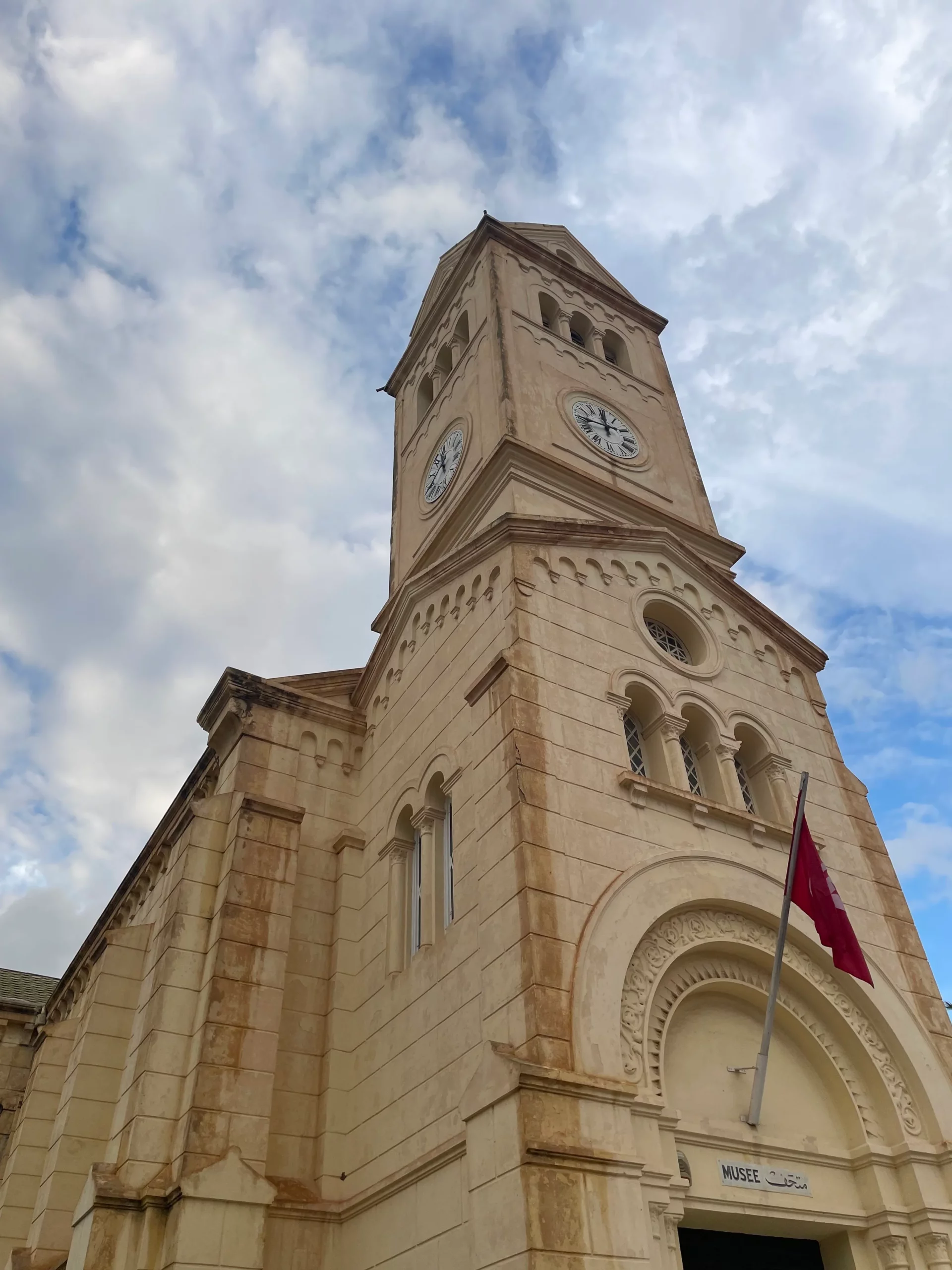
From Church to Museum
Inside, the space felt hushed and reverent. This building once served as the Church of Saint Augustine, built in 1907 in a neo-Romanesque style. After years of different uses, it officially became a museum in 1993. A major renovation in 2016 reimagined it as a curated path through time.
As I walked through the stone halls, it became clear that the church hadn’t lost its sense of sanctity. Now, it honours history instead of faith, though often, the two overlap.
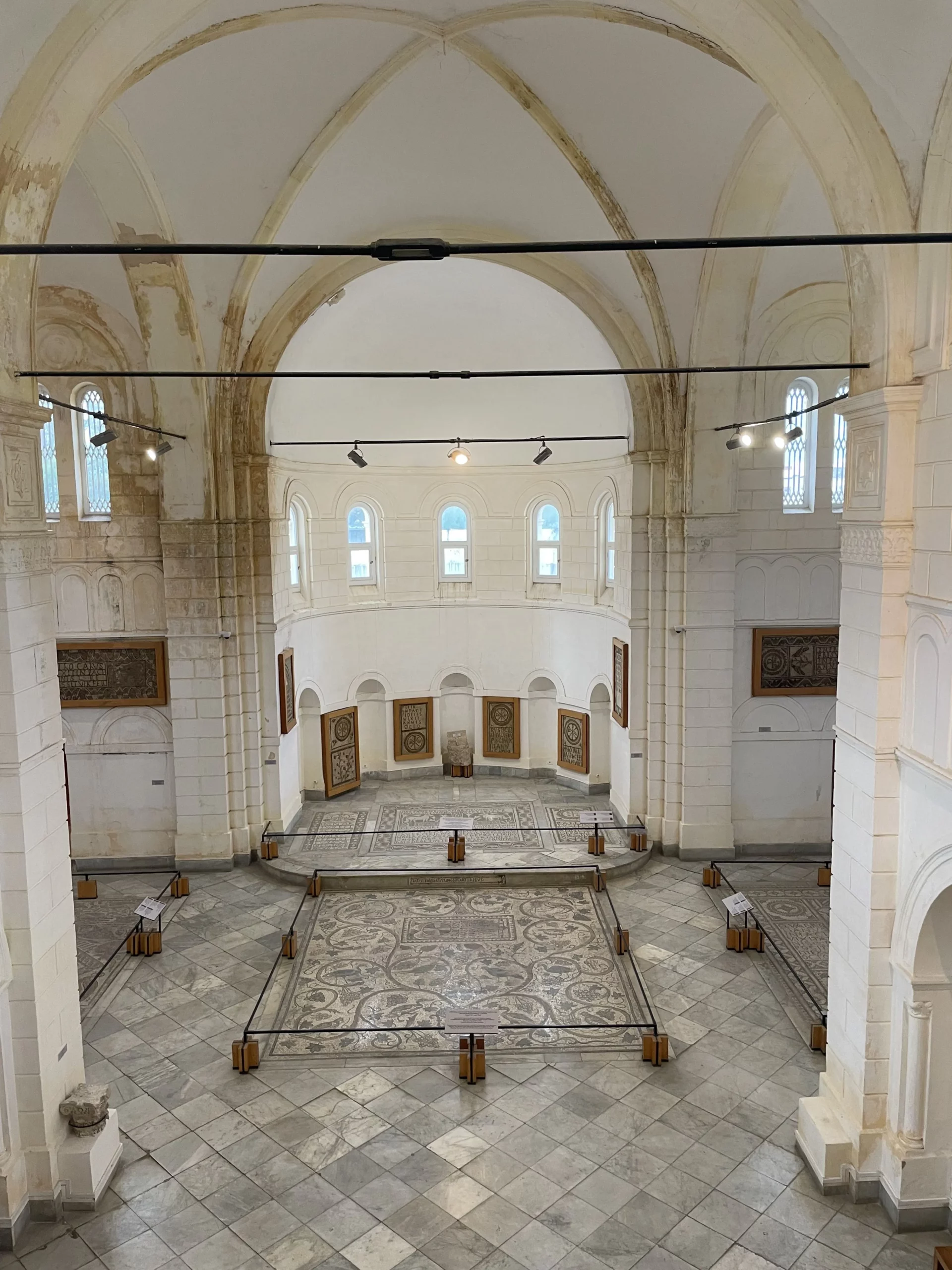
Mosaics That Speak of Faith
At the heart of the museum, I found the most striking pieces: Early Christian mosaics recovered from nearby archaeological sites, especially the ancient city of Uppenna.
The most powerful among them, the Martyrs’ Mosaic, once lay inside the basilica of Uppenna, only eight kilometres from Enfidha. This piece doesn’t simply decorate the floor, it tells a story of devotion and remembrance. Symbols like the Christogram and the Cantharus (the vessel of eternal life) appear throughout, revealing layers of spiritual meaning.
These mosaics do more than impress the eye. They invite quiet reflection.

Stones That Remember the Dead
In the next room, I came across Roman funerary stelae, each etched with names, ages, and family ties. Some showed individuals standing proudly, while others included their companions. The inscriptions spoke with clarity, even across two thousand years. African names carved in Latin gave these people a voice that still lingers.
Alongside these were older pagan stelae dedicated to the god Saturn. These third-century pieces used symbols instead of figures, altars, rosettes, and sacrificial items to honour the divine. Together, they offered a glimpse into a spiritual landscape both diverse and evolving.
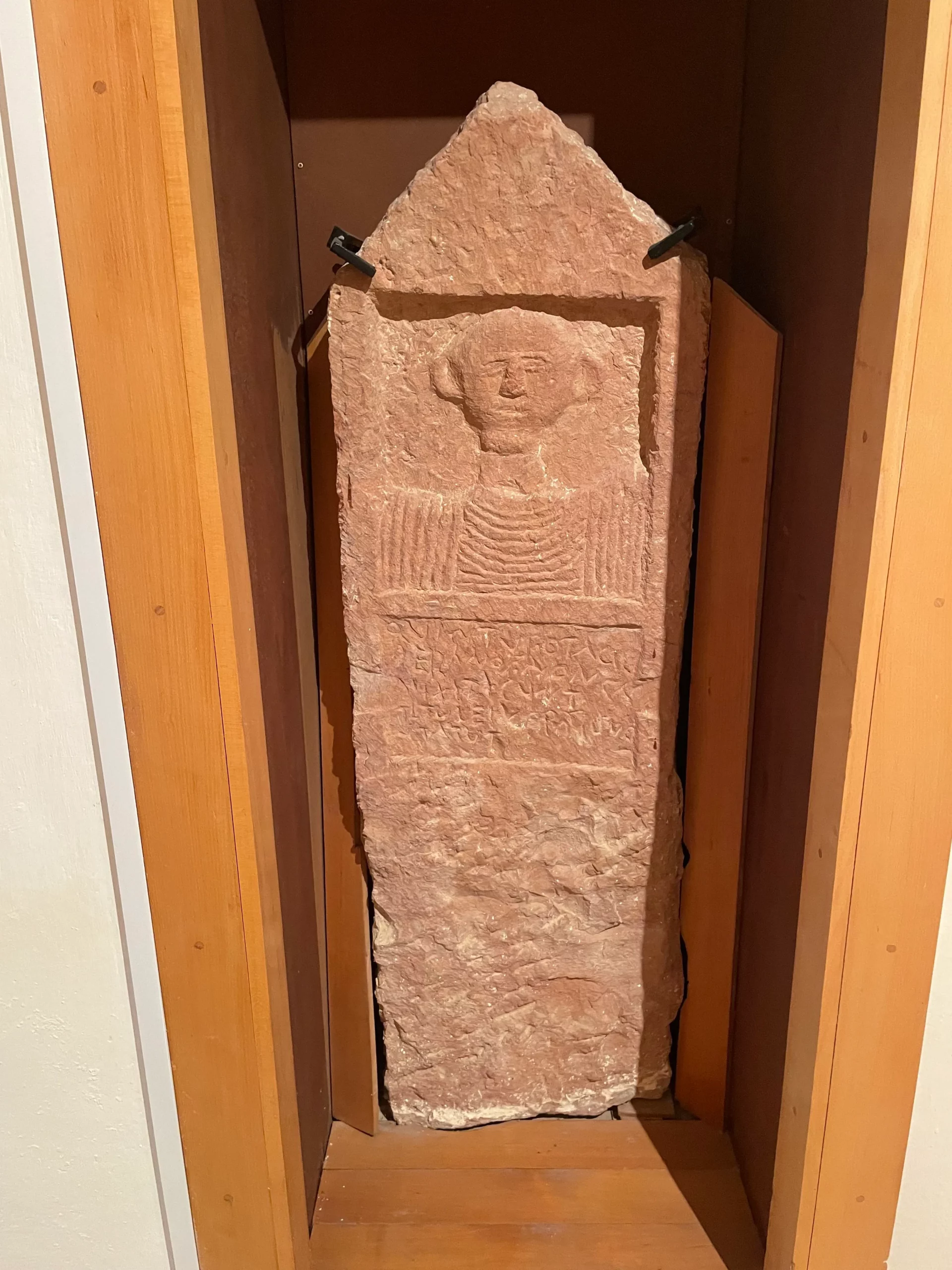
The Lives Behind the Tools
Finally, I reached a quieter room filled with everyday artefacts: pottery, lamps, an olive press, and a grain mill. These items came from a Roman-African necropolis at Ain Garsi. Though less ornate than the mosaics or stelae, they carried a different kind of weight.
I could picture the people who once used them pressing oil, grinding grain, and lighting their homes. These simple tools brought the ancient world down to earth, reminding me that history lives in ordinary things.
A Short Visit with a Lasting Impact
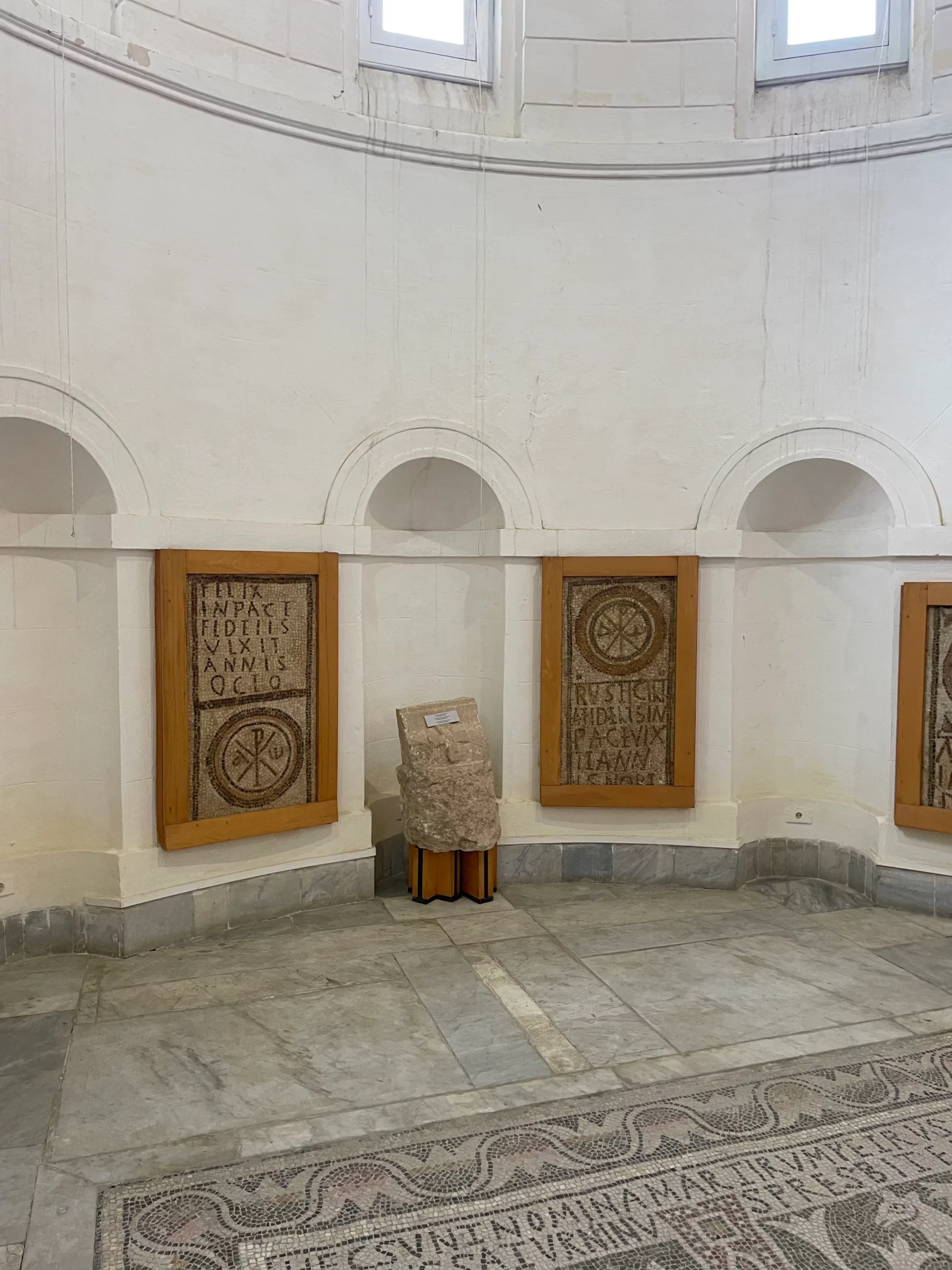
My time in the Archaeological Museum of Enfidha didn’t last long. The guard waited patiently while I wandered from room to room. As I stepped outside, he gently locked the door behind me.
Even in such a brief visit, the museum left a deep impression. It’s calm, its stories, and its unexpected welcome stayed with me long after I left.
If you’re planning a trip through Tunisia and want to see something truly special, start your day in Oudhna. Then head to Enfidha. Even if time runs short, take the chance. A kind stranger might open the door for you, just like they did for me.
Plan Your Visit
Name: Archaeological Museum of Enfidha
Location: Enfidha, Sahel region, Tunisia
Hours:
09:00 – 16:00 (Closed on Mondays)
Ramadan: 09:00 – 15:00
Entry Fee: 4 DT (Residents), 5 DT (Non-residents)
Facilities: Restrooms, a shop, and a small cafeteria
Nearby Sites: Oudhna (ideal for a combined day trip)
Sometimes, all it takes is one open door to connect with a thousand years of history. The Archaeological Museum of Enfidha offers that connection quietly, beautifully, and without hurry.
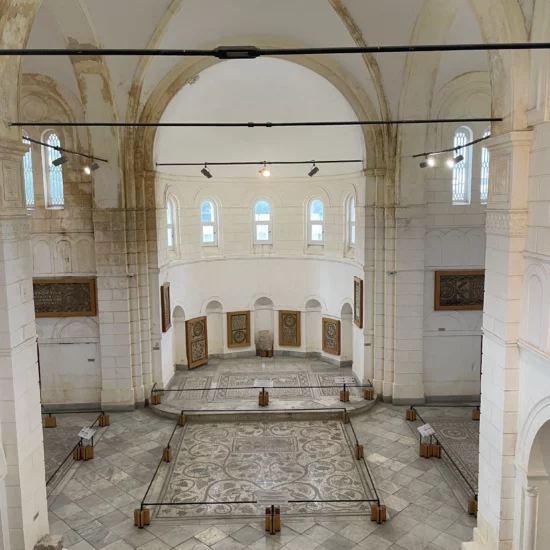
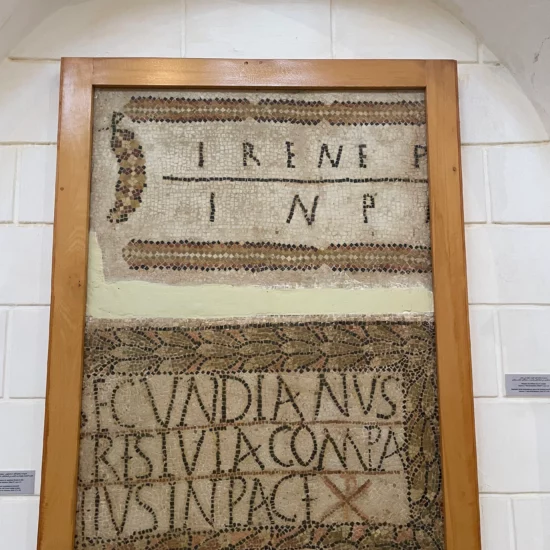
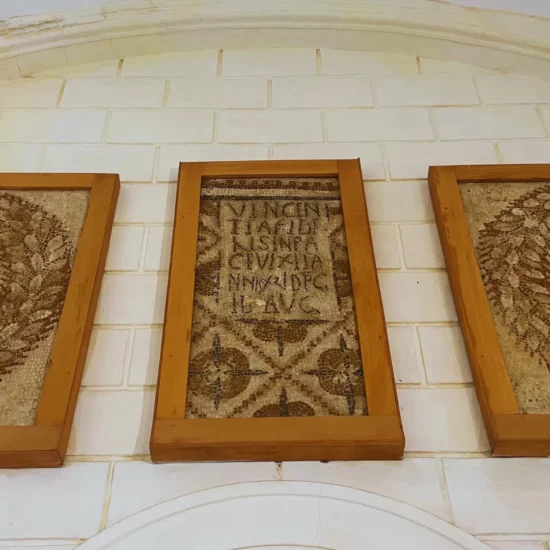
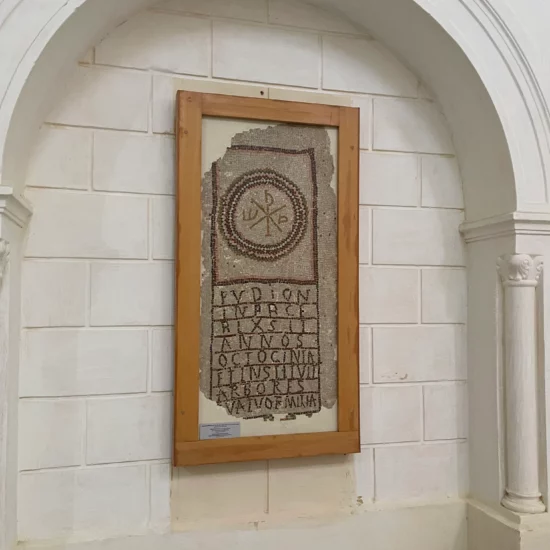
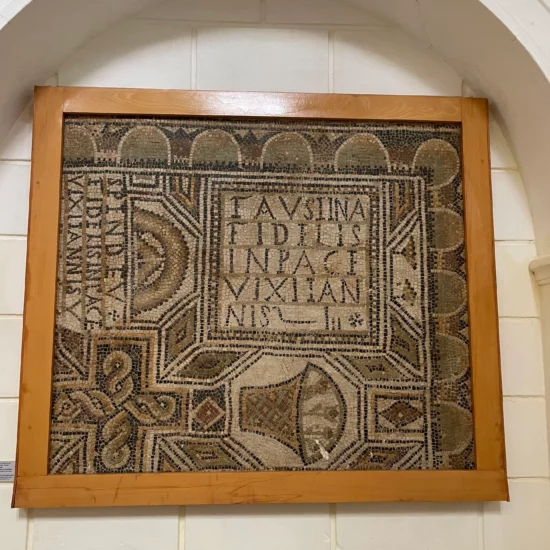
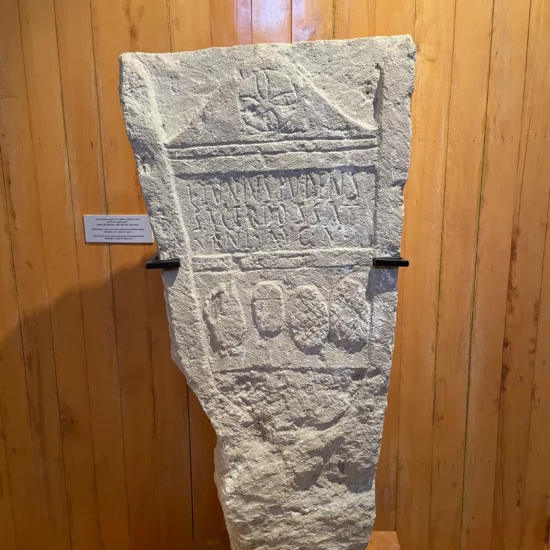
Extremely motivated to constantly develop my skills and grow professionally. I try to build my knowledge, flexibility, and interpersonal skills through several projects and within different teams.



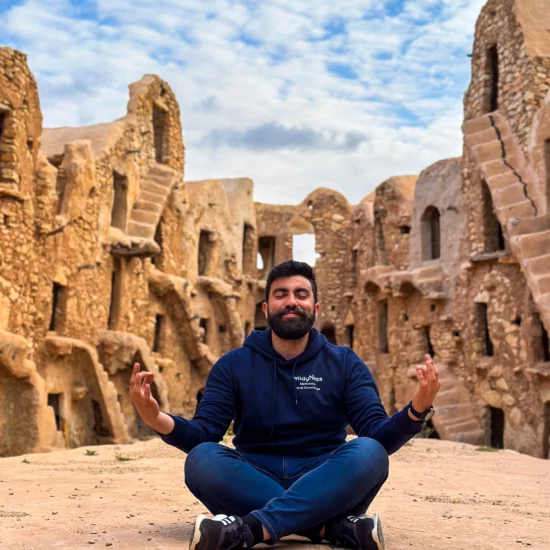
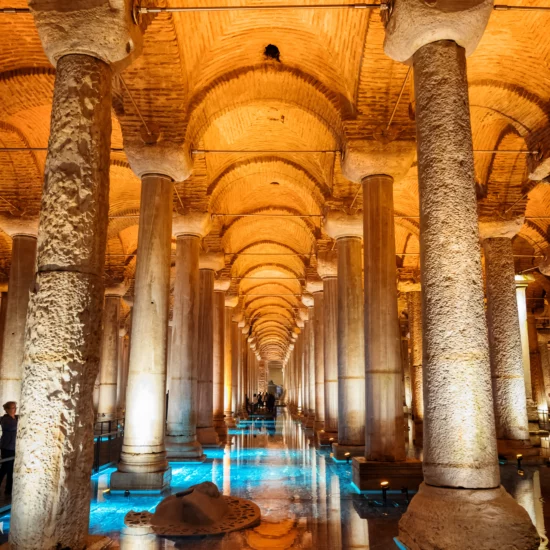
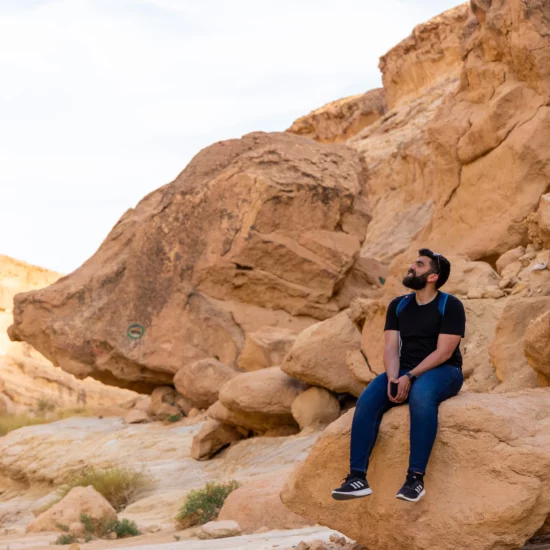
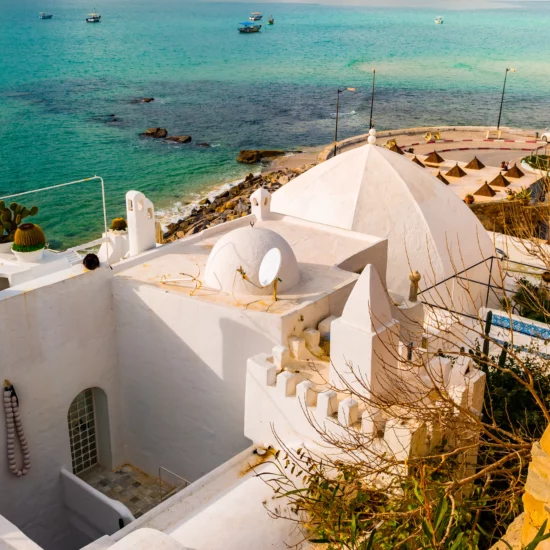
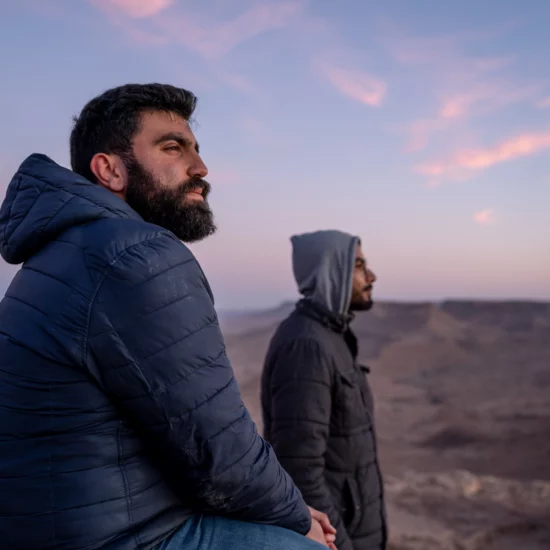
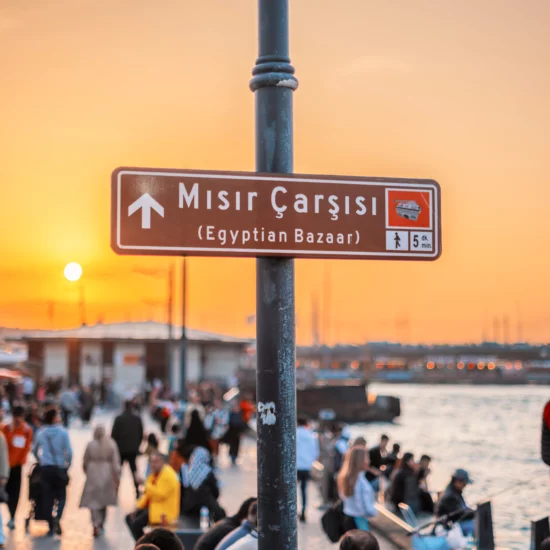

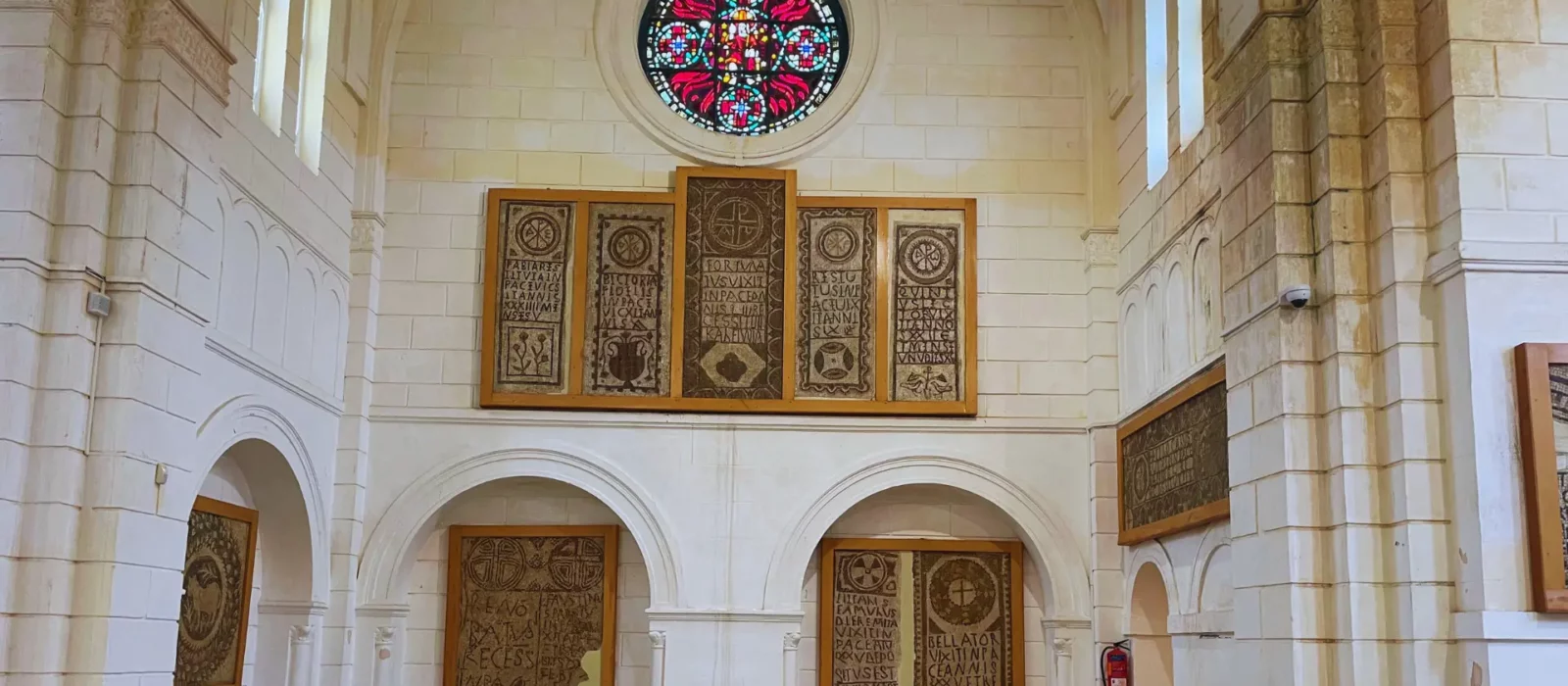
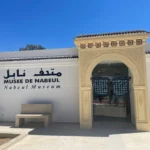

Nice Museum !